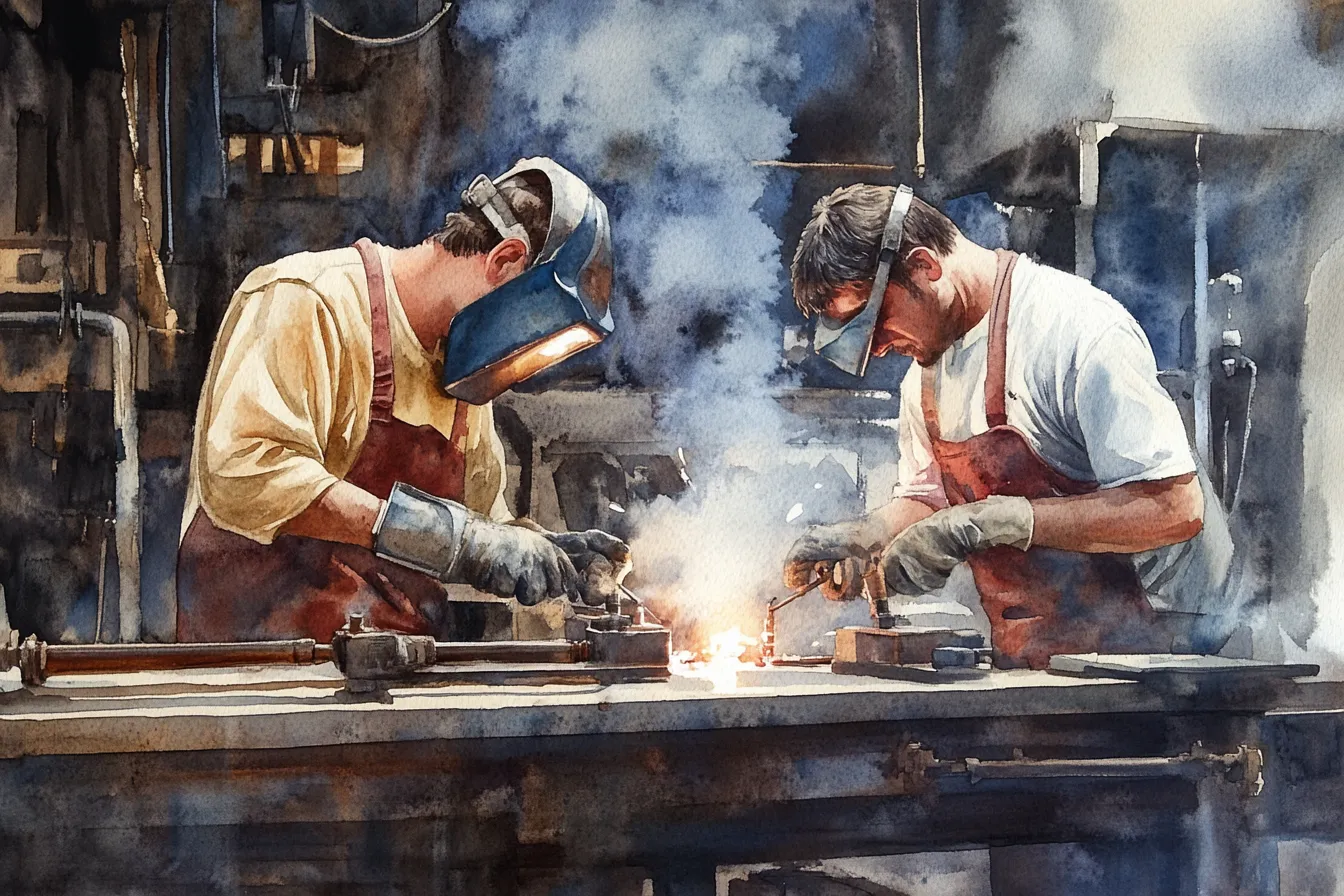As the environmental sustainability and structural efficient structures has become paramount, engineering technologies in the welding discipline have resulted to invention of new techniques. One such process is orbital welding which has come under much attention due to its ampage welding capabilities of delivering quality welds at optimal accuracy and speed.
In this article, they will explore for the importance that orbital welding holds in sustainability as well as strength in its different uses. Learning more about this process can help realize the endless potential it has when it comes to fabrication as well as manufacturing industries being the future.
Understanding Orbital Welding
Orbital welding is a semi automatic or fully automatic kind of welding that uses a welding torch which has been programmed by a computer. The process essentially involves a highly choreographed operation of the welding gun and then a very carefully choreographed weld. The flexibility and versatility of the orbital welding equipment is due to the unique design of the equipment and its specific function in welding different cylindrical products.
Orbital Welding and its advantages on Sustainability
1. Reduced Waste and Emissions
Compared with other conventional techniques in welding, orbital welding is relatively clean and environmentally friendly. This minimises the amount of filler metal required as well as approaching ideal weld bead shape and profile when controlled by a computer-controlled welding gun. The procedure guarantees the least quantity of spatter, slag as well as other categories of welding debris. This means the wastage is minimized greatly hence reducing the effects of depletion of natural resources and therefore increased struggling towards sustainability.
2. Economic Welding with Least Energy
A fourth advantage of orbital welding is the conservation of energy. Special attention can be given on the possibility to adjust the weld process depending on the material and the thickness of the materials to be welded with the provision of minimum energy usage. This capability makes it possible to produce good welds as it also consumes less energy hence an environmentally friendly method of manufacturing.
3. Elimination of Human Error
It may be influenced by human factors and is therefore a potential of increasing wastage, time delays and low quality welds. The method of orbital welding gives no chance to such flaws, as the results of this technology provide great precision and intersphere constancy. This has led to better control of the welding parameters, diminishing of defects and consequently less rework.
Advantages of Orbital Welding for Strength
1. High-Quality Welds
Orbital welding provides outstanding quality welds due to the high degree of control that is offered by the welding process. The controlled system means consistent weld penetration, profile and dimensions agreed with the design requirements set by computer. This level of precision and repeatability is crucial for applications that cannot afford any deviation from design specifications due to demands made on structural stability in aerospace, nuclear and medical instrument applications.
2. Enhanced Fatigue Resistance
The fact that orbital welding delivers sound welds leads to improved fatigue strength in welded parts. By the removal of problems such as porosity, inclusions and lack of fusion, the capacity of the weld to handle cyclic loading is enhanced. This is especially important for applications operating in high stress environments like the petrochemicals, automotive and construction segments.
3. Longer service time and much more durability
This is mostly because orbital welds have a higher quality due to the minimized influence of human error as compared to manual welds.. This process delivers very accurate and precise weld that enables it to perform well in extreme environment and rigorous usage. This enhanced durability therefore improves the economic viability and reliability of Welded structures and equipment.
Conclusion
It is for this reason that industries in search of a welding option that is both economically and structurally efficient find orbital welding as a valuable solution. This new technique provides several important characteristics to welding which would essentially change this application on a macro level: Automated, accurate and eco-friendly.
That is why the use of orbital welding as a method of manufacturing high-quality welds with a minimum number of defects achieved while using minimal amount of energy and producing minimal amounts of waste is essential in sustainable manufacturing. While its contribution to parts’ rigidity and resistance to wear during welding guarantees that the resulting structures enables optimum functioning of welded components under rigorously challenging situations.
In the pursuit of a greener environment and more durable structures, adopting advanced welding techniques like orbital welding is a forward-thinking choice. With its precision, consistency, and efficiency, orbital welding is revolutionizing fabrication and manufacturing industries, setting new benchmarks for sustainability and structural integrity.
As a cutting-edge solution, orbital welding represents a remarkable achievement, shaping the future of welding processes and fostering innovation in the industrial sector. Discover how orbital welding can enhance your projects and drive progress at upm-tech.net
